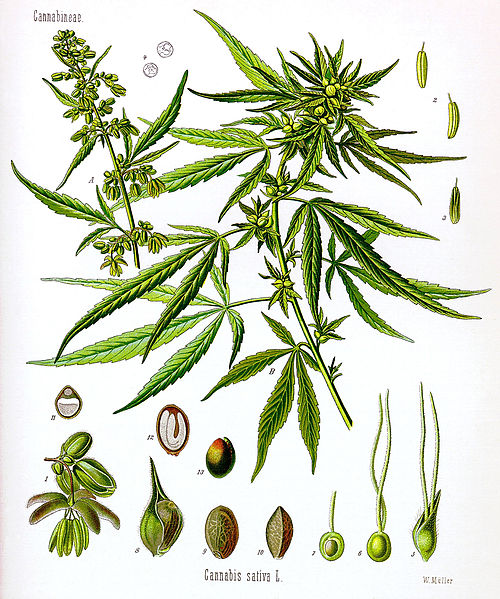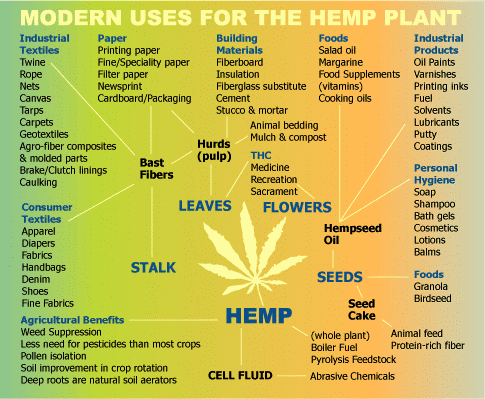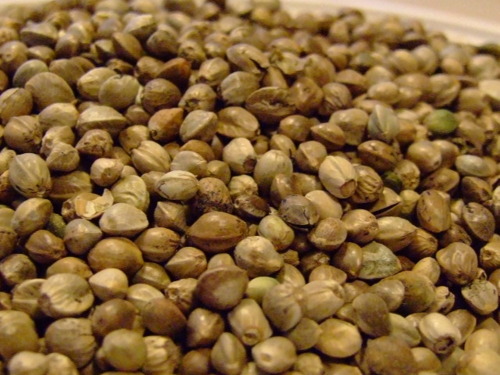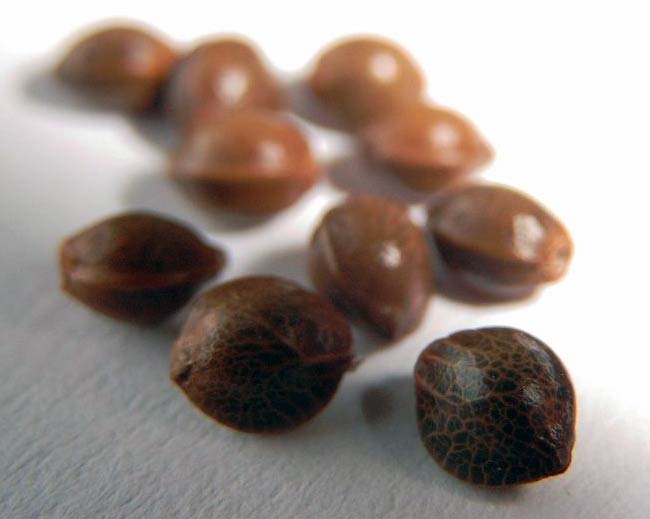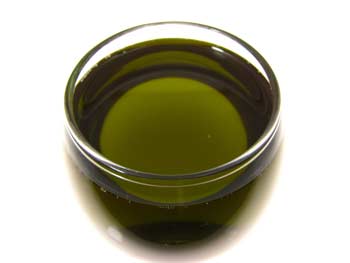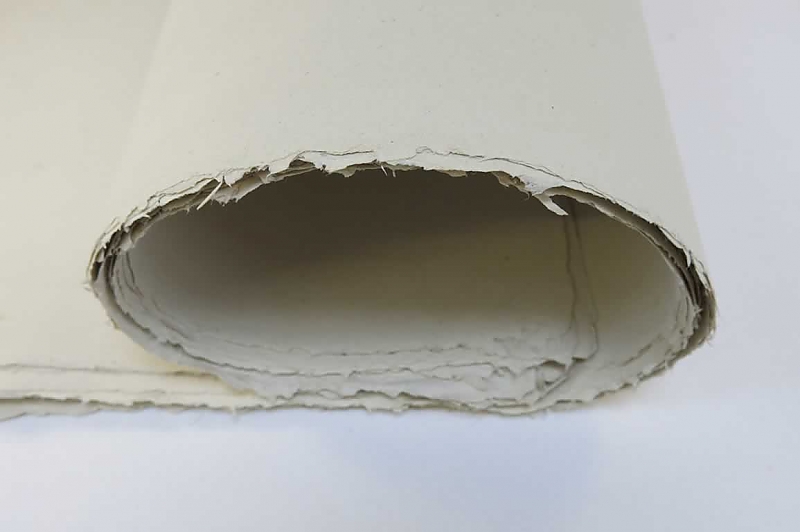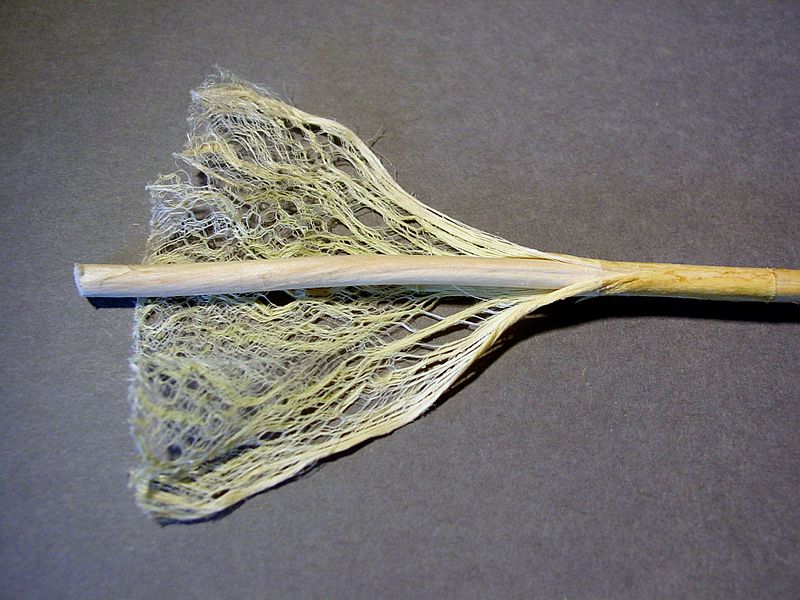Cannabis Sativa
Introduction to Hemp
Proponents argue that easily grown and robust Cannabis Hemp is one of the best if not the very best plants overall for fuel, building supplies, medicine, fiber, food, paper, and substitute for wood. Some go so far as to argue that it could be one of the best solutions for carbon sequestration.
From about 6,000 years ago, to around 100 years ago, a huge number of products were made from Cannabis Hemp; for example: clothes, rugs, drapes, curtains, diapers, canvas, string, rope, sails, building materials and the list goes on into the thousands.
During the World War II 1943, the American Government produced a film that showed most of the industrial uses of hemp called “Hemp for Victory”. Additionally, “The Emperor Wears No Clothes” by Jack Herer is a compilation of tidbits and information about cannabis and its numerous uses.
Popular Mechanics, in February 1937, predicted hemp would be the world's first "Billion Dollar Crop" that would support thousands of jobs and provide a vast array of consumer products from dynamite to plastics. It is estimated as of 2000 that the industry would be 500 billion to a trillion dollar industry if allowed to be cultivated.
The Marijuana Tax of 1937 act was passed making farming the plant unfeasible and the industry died on the vine. It wasn’t the tax on Hemp but a complex Regulation 1 codifying the elaborate rules of enforcement marijuana cannabis or hemp handlers were subject to. Violation of these procedures could result in a fine of up to $2000 and five years' imprisonment.
Hemp Seed Yield per Hectare/Acre
The yield obviously depends on the type of seed and climate. Yield varies from 0.6 to 2.4 tons per hectare, depending on variety of legal industrial hemp seed. Industrial hemp is at least 5-7 times less productive for seed production than Cannabis Indica/Cannibis Sativa.
Usually hemp has been grown for fiber, thus most of the THC free varieties are not very high yielding in seed/oil production. There are only a few (Finola and some Australian varieties) of seed carrying germination which hover in the 2t/hectare range. If S. Indica were legal you could get into the 10-14 t/hectare range which would drastically increase your oil and byproduct yield.
The bushel weight of hemp is 44 lb. with about 27,000 seeds per pound. Grain yields have varied from 250-2,200 kg/ha (5-45 bushels per acre).
In 2004 worldwide, 30,265 metric tonnes (MT) of hemp seed and 66,325 (MT) of hemp fiber was produced. The major hemp fiber producers are China (26,000 MT), Spain, South Korea and Chile, while the major hemp grain growers are China (24,000 MT), France and Chile.
Approximately 19,400 ha (48,000 ac.) of hemp was grown in Canada in 2006. In Saskatchewan, close to 6,025 ha (14,880 ac.) were seeded to hemp seed in 2006, with 41 growers receiving licenses to grow hemp. Almost all of the industrial hemp produced in Canada is for the seed market as the fiber processing industry is still under development, even after 70+ years of hemp fiber being available.
Hemp Oil Yield
Technically, hemp seeds are classified as a nut or achene. They have an outer sheath, a hard shell and an inner kernel. Before the seeds are pressed, they are cleaned, removing 99.99 per cent of residual plant matter. Hemp seed oil is pressed from the seeds of non-drug, "industrial" varieties of the hemp plant Cannabis Sativa L.
Hemp seeds typically contain 30–35% oil by weight, although some varieties contain up to 50% oil. Hemp seed oil is extremely high in essential fatty acid (EFA) content. The content of oil in hemp seed can register a slight decrease in the production losses due to drought and low levels of precipitation during the growth period. The greatest losses were is found in Diana monoecious variety (26.54-20.82%) followed by Zenit varieties (27.37-22.97%), Armanca (29.27-25.32%), Silvana (28.89-25.04%) and Denise (26.96-25.30%).
Hemp Seed Oil Cold Pressed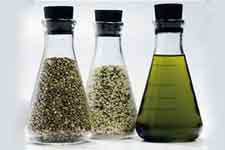
Hemp seed oil contains Linoleic Acid (LA) and Linolenic Acid (LNA) as its major omega-6 and omega-3 polyunsaturated fatty acids (PUFA).
These fatty acids comprise the most desirable contents of the oil, especially due to the ratios in which they exist. The 3:1 ratio of LA to LNA is alleged to be optimal for nutrition (Deferneand Pate, 1996; Callaway, Tennila & Pate, 1996; Erasmus, 1999). The additional presence of gamma-linolenic acid (GLA) in hemp seed oil ultimately makes its nutritional value superior to most comparable seed oils.
A widely published claim is that hemp cultivated on just 6% in the United States could supply all of the U.S. oil and gas needs. The reference for this estimate was a 1984 textbook which stated: “Meeting US demands for oil and gas would require that about 6% of the land area of the continuous 48 states be cultivated intensively for energy production.” Clearly, even if the claim were true, 6% of U.S. continental landmass (the equivalent of approximately 27% of the nation’s agricultural land) is an unrealistically large amount of land to dedicate to any single energy crop.
Hemp Oil Fatty Acid Comparison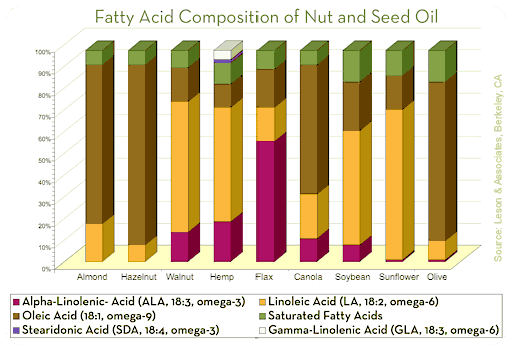
That is if it is current industrial species that yield seven times less than THC bearing varieties. That means if the truly highest seed bearing varieties were cultivated, we could slash that figure by seven, and come in at less than 1% of the land mass or 4% of agriculture land. Corn and cotton together cover far more than 4% in any given year.
A recent study evaluated industrial hemp along with seven other seed crops for biodiesel production in Oregon. Hemp ranked in the middle of the group for yield in the study, with canola the preferred seed crop. An exceptional seed yield, such as the record 3000 pounds of hemp seed per acre reported in one Canadian crop in 2005, would be necessary to make the crop yield competitive with canola on a gallons-per-acre basis.
Legalization of all cannabis seed bearing strains would boost that yield by seven and far exceed Canola, and most other oilseed crops except Oil Palm.
Hemp Fiber
Hemp is an extremely fast-growing crop, producing more fiber yield per hectare than any other source. Hemp can produce 250 per cent more fiber than cotton, with less water consumption, and six times more fiber than flax, using the same amount of land.
Once extracted and processed, hemp fibers are mainly exported to Europe for use in the manufacture of car parts, textiles construction materials, and clothing. Processors taking delivery contracts at Tokn Grain, Offaly for 2008, were offered from €150/t for delivery in September to €180/t for delivery the following August 2009. Hemp Fiber Milling 1942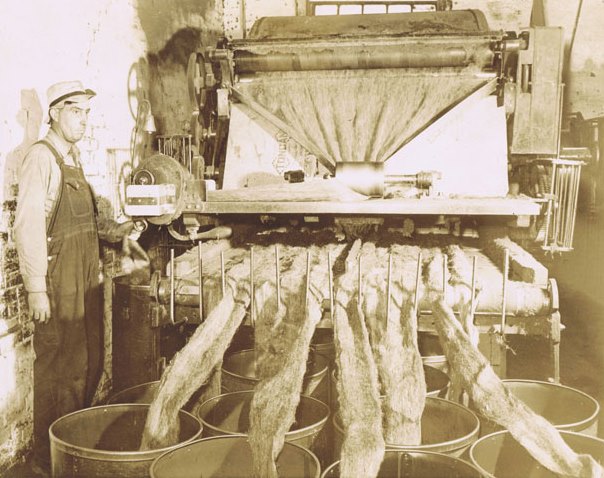
Every tract of 10,000 acres which is devoted to hemp cultivation is equivalent to a sustained pulp-producing capacity of 40,500 acres of average pulp-wood lands, a 4.5 fold increase in efficiency.
Hemp Cultivation Costs
Skewed economic cost studies using inferior industrial hemp strains that yield seven times less seed are the baseline for current comparative economic analysis. Biased studies show that even the cheapest type of hemp oil is considerably more expensive than rapeseed oil, even in the case of high rapeseed prices. This is true when comparing to a low industrial hemp seed producing species in the 1.5 MT per acre range, but bump that to 14MT per acre with prohibited THC producing species and every study needs to be re-evaluated.
The price for hemp oil from local oil mills is significantly higher than the one for rapeseed oil,partly due to lower oil yields, but mainly due to the higher seed costs and the lower oil content of the seeds. Even if the hemp oil was hot-pressed, resulting in a higher yield, it remains more expensive than rapeseed oil. Coming from small-scale production that is common today, hemp oil costs at least 2.34 €/per liter. Under large area cultivation and with hot pressing, the minimum price of hemp oil could decrease to0.91 €/l.
Chemical Quailties of Biomass Fibers from Hemp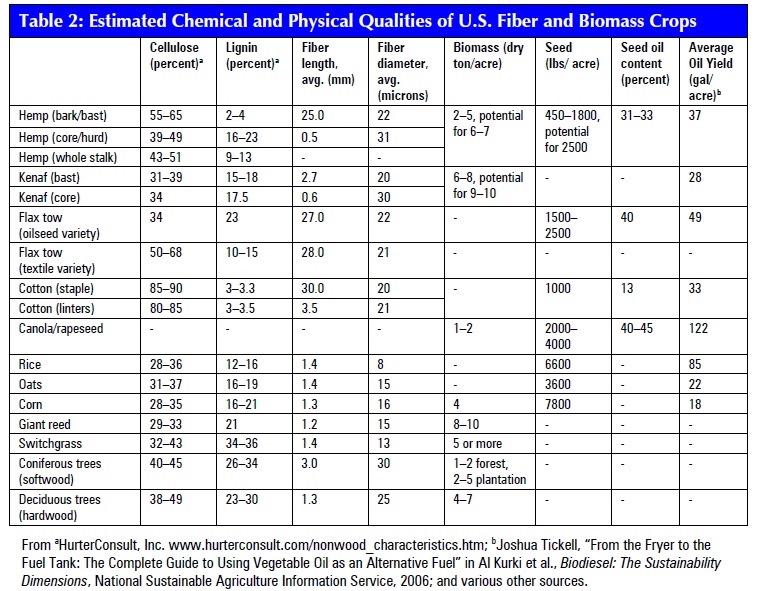
The minimum prices of rapeseed oil as calculated in the three scenarios range between 0.58 and 0.78 €/l, thus being considerably cheaper while THC bearing species remain under prohibition.
Cost of production and expected returns under Saskatchewan conditions have not been calculated in detail. Typical cost of production in Saskatchewan ranges from $370 – $490/ha ($150 – 200 / acre). At current prices, the break-even yields for conventional and organic hemp production are 10 bushel/ac. and 5 bu./ac., respectively.
Carbon Capture
 Every metric tonne (MT) of cellulose grown and used removes 1.5 tonnes of carbon dioxide from the atmosphere. For example, if 200,000 hectares of hemp were grown (averaging a yield of 12 tonnes [of dried stem matter] per hectare), 3.6 million tonnes of carbon dioxide would be offset. At $8 per tonne on the carbon trading market, that is an extra $29 million in revenue for growers.
Every metric tonne (MT) of cellulose grown and used removes 1.5 tonnes of carbon dioxide from the atmosphere. For example, if 200,000 hectares of hemp were grown (averaging a yield of 12 tonnes [of dried stem matter] per hectare), 3.6 million tonnes of carbon dioxide would be offset. At $8 per tonne on the carbon trading market, that is an extra $29 million in revenue for growers.
Hemp Seed Nutrition
The seed of Cannabis sativa L. has been an important source of nutrition for thousands of years in Old World cultures. Non-drug varieties of Cannabis, commonly referred to as hemp, have not been studied extensively for their nutritional potential in recent years, nor has hempseed been utilized to any great extent by the industrial processes and food markets that have developed during the 20th century.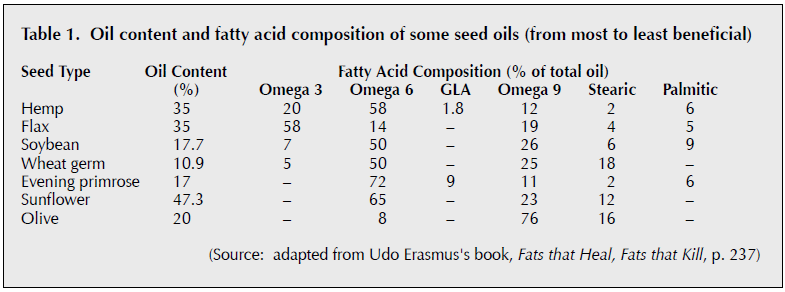
Technically a nut, hempseed typically contains over 30% oil and about 25% protein, with considerable amounts of dietary fiber, vitamins and minerals. Hempseed oil is over 80% in polyunsaturated fatty acids (PUFAs), and is an exceptionally rich source of the two essential fatty acids (EFAs) linoleic acid (18:2 omega-6) and alpha-linolenic acid (18:3 omega-3).
The omega-6 to omega-3 ratio (n6/n3) in hempseed oil is normally between 2:1 and 3:1, which is considered to be optimal for human health. In addition, the biological metabolites of the two EFAs, gamma-linolenic acid (18:3 omega-6; ‘GLA’) and stearidonic acid (18:4 omega-3; ‘SDA’), are also present in hempseed oil. Hulled Hemp Seed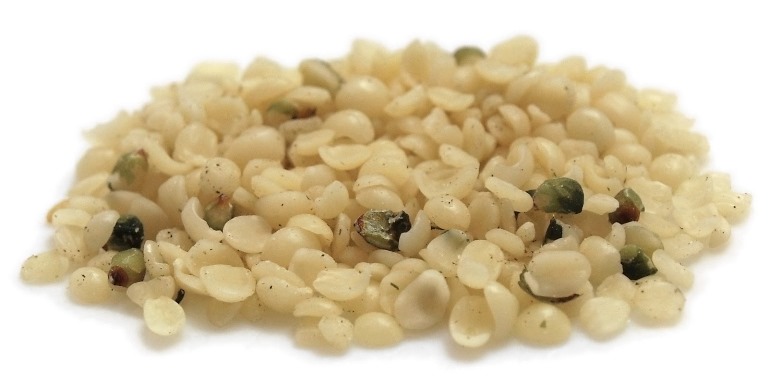
The two main proteins in hempseed are edestin and albumin. Both of these high-quality storage proteins are easily digested and contain nutritionally significant amounts of all essential amino acids. In addition, hempseed has exceptionally high levels of the amino acid arginine.
Hempseeds contain anti-oxidants, protein, carotene, phytosterols and phospholipids as well as a number of minerals including calcium, magnesium, sulphur, potassium, iron, zinc and phosphorus. They are a source of complete protein and contain all 20 known amino acids, including the nine essential amino acids. The seeds and the oil also contain vitamins A (beta-carotene in a fat-soluble form), B1, B2, B3, B6, C, D and E (a natural anti-oxidant), all in an easily digestible form. Protien Content Comparison of Plant Seeds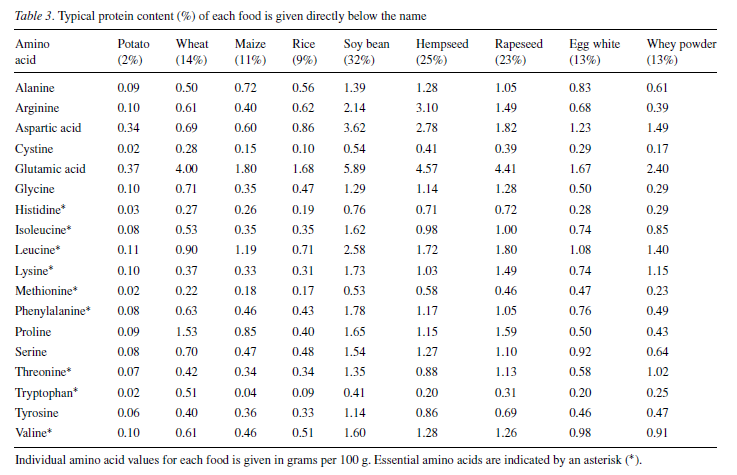
Recent clinical trials have identified hempseed oil as a functional food, and animal feeding studies demonstrate the long-standing utility of hempseed as an important food resource.
Hemp Uses
The bark of hemp has the longest, strongest fiber of all plants. This fiber can be made into any building material, including fiberboard, roofing, flooring, wallboard, caulking, cement, paint, paneling, particleboard, plaster, plywood, reinforced concrete, insulation, insulation panels, spray-on insulation, concrete pipes, bricks and biodegradable plastic composites which are tougher than steel.
Hemp as a Building Material can replace any of the products made from timber. Cannabis bark could be used for particleboards of any size, as well as insulation, drywall, cabinets, and furniture.
We could build a house from hemp materials alone. It makes a far superior composite wood product, 2.5 times stronger than particleboard, according to recent Washington State University studies.
Hemp Building and Insulation Materials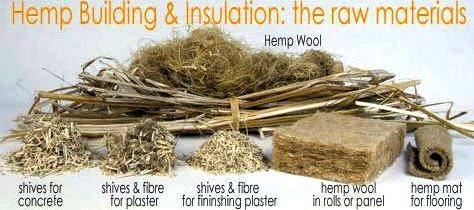
Hemp Paper
One acre of hemp can produce as much paper as four to ten acres (1.62 to 4.05 hectares) of trees over a 20-year cycle, but hemp stalks only take four months to mature, whereas trees take 20 to 80 years. This information has been known about for a long time, as it was mentioned in a 1916 US Department of Agriculture report. That’s nearly 100 years without forward progress or development!
There are less pesticides and fertilizers required to cultivate the crop compared to nearly all other commercial crops and only uses about 1/7th the chemicals in paper manufacture.
Hemp paper lasts 5 times as long as paper from wood and many pre-1900 books were printed on this type of paper.
The first two drafts the Declaration of Independence were on hemp paper.
Declaration of Independence USA, Written on Hemp Paper 1776
Hemp Anatomy
The anatomy of the stem of hemp is crucial to its quality as a raw material for paper. The bark contains primary bast fibers (about 20 millimeters long), and may contain secondary bast fibers (about 2 mm long). The core contains fibers 0.5 to 0.6 mm long". In comparison, the average fiber length for softwood (pine) ranges from 2.8 to 3 mm. The average fiber length for hardwood (eucalypt) ranges from 0.8 to 1.0 mm.
Cannabis Sativa Cross-Section Stalk Anatomy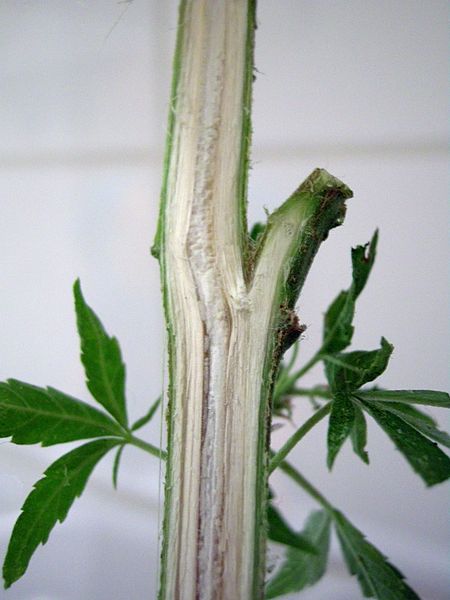
Hemp for Clothing
The oldest cultivated fiber plant known in human civilization, hemp has a history of use in textiles and fabrics dating back as far as 8000 B.C. The reasons for hemp’s continued popularity throughout the years are still applicable today and are the basis for renewed interest in cultivation and hemp product use. Hemp is strong, warm, long wearing and incredibly durable.
Hemp clothing has excellent wicking properties, it helps block harmful UV and UVB rays, it is naturally resistant to bacteria and mold.
Cannabis Sativa for Industrial Purposes
Nearly all hemp grown for industrial purposes is Cannabis Sativa. As the tallest variety, it produces the longest fibers and therefore has the widest range of industrial uses. Also cultivated are Cannabis Indicia and Cannabis Rudolph.
Cannabis Species Comparison; Industrial Use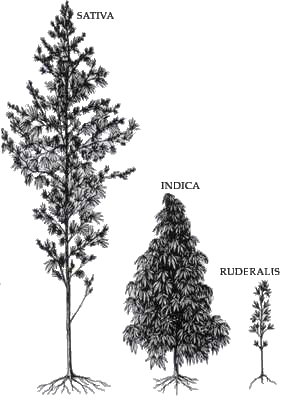
North American Industrial Hemp Council
David DuByne is a consultant for companies entering Myanmar & agricultural commodities export broker for green coffee, honey, farm raised fish out of Myanmar. He can be reached at ddubyne (at) oilseedcrops [dot] org.

